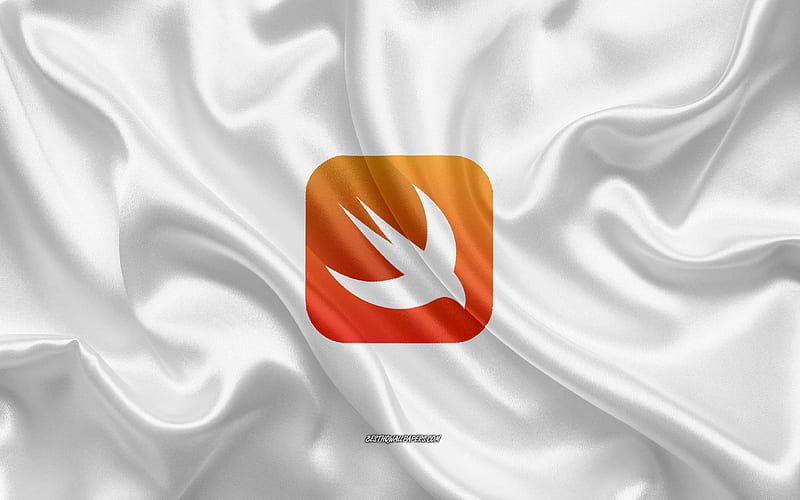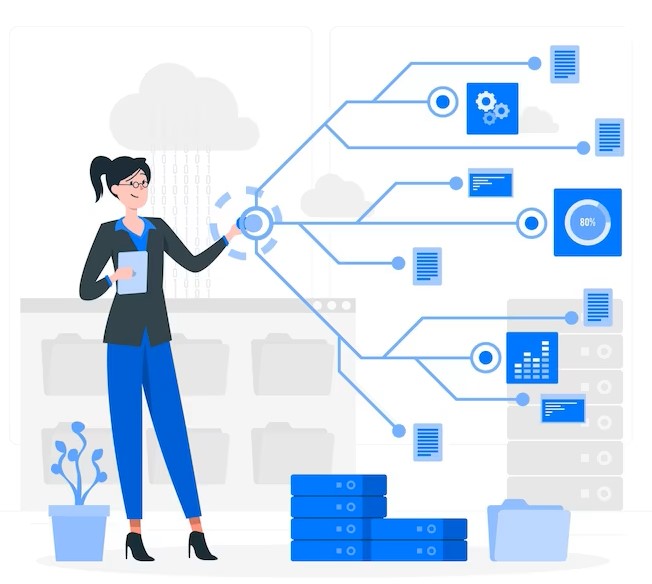Learn how to master SSAS (SQL Server Analysis Services) integration using total APIs and open ports to optimize collaboration and productivity. Explore use cases, benefits, and key APIs for seamless SSAS integration in this comprehensive blog post.
Introduction
In today’s data-driven business world, organizations rely on efficient data analysis and business intelligence to make informed decisions. SQL Server Analysis Services (SSAS) is a powerful tool that provides data analysis, data modeling, and business intelligence capabilities. Integrating SSAS with other systems using its total APIs and open ports can unlock its full potential, enabling businesses to enhance collaboration and productivity. In this blog post, we will explore how to master SSAS integration, understand the use cases, benefits, and key APIs, and harness the power of SSAS for optimized data insights and decision-making.
Use Cases of SSAS Integration:
- Integrating SSAS with Custom Applications: SSAS can be integrated with custom applications using its APIs, allowing businesses to embed data analysis and visualization capabilities directly into their applications. This enables end-users to analyze data and gain insights without leaving the application, streamlining workflows and enhancing productivity.
- Connecting SSAS with Reporting Tools: SSAS can be integrated with popular reporting tools such as Power BI, Excel, and other third-party reporting tools using its APIs. This allows businesses to create interactive and dynamic reports and dashboards based on SSAS data, providing actionable insights to stakeholders for data-driven decision-making.
- Incorporating SSAS into Data Warehouses: SSAS can be integrated into data warehouses and data lakes using its APIs, allowing organizations to perform data modeling, create data cubes, and perform multidimensional analysis. This enables businesses to centralize their data management and streamline data analysis processes for improved collaboration and productivity.
Benefits of SSAS Integration
- Enhanced Collaboration: SSAS integration enables teams to collaborate seamlessly on data analysis and business intelligence tasks. By embedding SSAS capabilities into custom applications or connecting with reporting tools, team members can easily share insights, collaborate on data models, and make data-driven decisions together.
- Improved Productivity: SSAS integration streamlines data analysis processes, reduces manual efforts, and automates repetitive tasks, resulting in improved productivity. With SSAS APIs and open ports, businesses can create automated workflows, perform batch processing, and schedule data refreshes, saving time and resources.
- Centralized Data Management: SSAS integration allows businesses to centralize their data management by incorporating SSAS into data warehouses or data lakes. This enables organizations to create a single source of truth for data analysis, eliminate data silos, and ensure consistent and reliable data insights across the organization.
Key APIs for SSAS Integration
- AMO (Analysis Management Objects): AMO is a set of .NET Framework objects that can be used to manage and manipulate SSAS databases, data sources, and data models. AMO provides comprehensive functionality for creating, updating, and managing SSAS objects programmatically, making it a key API for SSAS integration.
- TOM (Tabular Object Model): TOM is a set of .NET Framework objects specifically designed for working with tabular models in SSAS. TOM provides a simplified programming model for working with tabular models, including operations such as data refreshes, data model modifications, and query execution.
- XMLA (XML for Analysis): XMLA is a standard XML-based protocol for communication with SSAS. XMLA allows businesses to send commands and queries to SSAS servers and retrieve data in XML format. This makes it a powerful API for integrating SSAS with custom applications, reporting tools, and other data sources.
- Power Query M Formula Language: Power Query is a popular data preparation and transformation tool in Power BI, and it uses the M formula language for data manipulation. SSAS integration allows businesses to leverage Power Query M formulas to extract, transform, and load data from SSAS into Power BI reports, enabling data modeling and visualization for data-driven insights.
Conclusion
Mastering SSAS integration using total APIs and open ports can greatly enhance collaboration and productivity in data analysis and business intelligence tasks. By leveraging key APIs such as AMO, TOM, XMLA, and Power Query M Formula Language, businesses can unlock the full potential of SSAS for optimized data insights and decision-making. The benefits of SSAS integration, including enhanced collaboration, improved productivity, and centralized data management, make it a valuable addition to any organization’s data integration strategy. Incorporating SSAS integration into custom applications, reporting tools, or data warehouses can streamline workflows, enable data-driven decision-making, and drive business success in today’s data-centric world.











